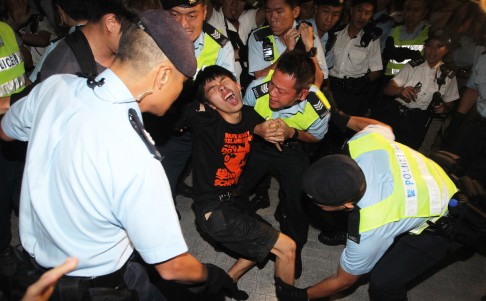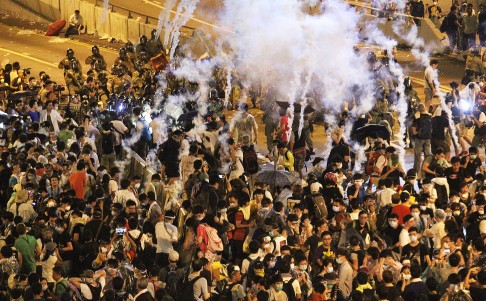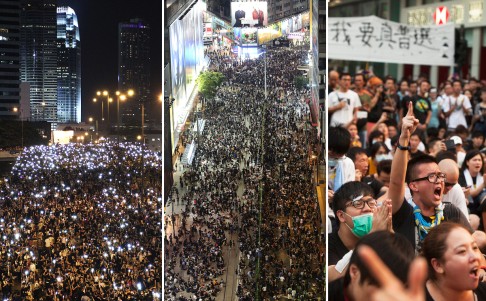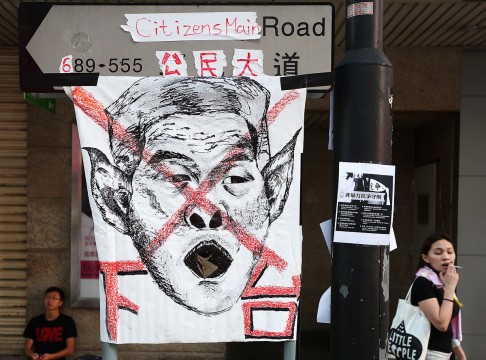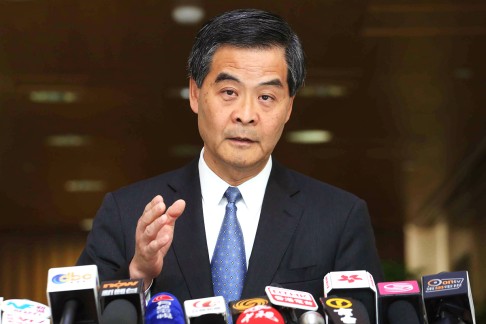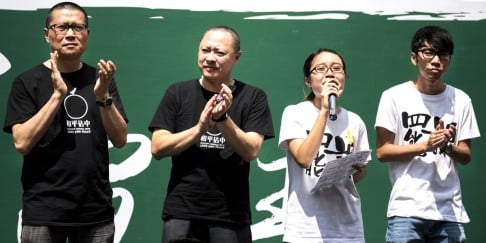
What is Occupy Central? 10 key facts about Hong Kong’s pro-democracy movement
Why have thousands of demonstrators taken to the city's streets and what do they want? 10 important questions answered about the protests
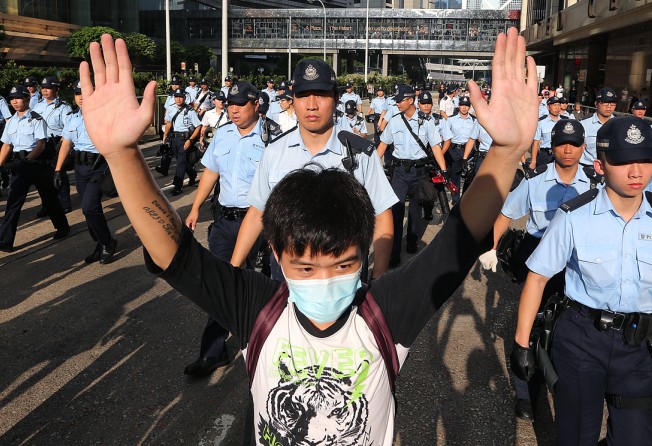
1. What is Occupy Central?
Formally called Occupy Central with Love and Peace, the movement is promoted as a peaceful civil disobedience campaign in which the leaders would mobilise protesters to stage a mass sit-in to blockade Central district as a means to force Beijing to allow Hong Kong what they consider genuine universal suffrage.
2. Who are the key players?
Occupy Central is led by University of Hong Kong law professor Benny Tai Yiu-ting, Chinese University sociologist Dr Chan Kin-man, and Baptist minister Reverend Chu Yiu-ming. Meanwhile, students’ groups – the Federation of Students and Scholarism – are also playing a big role in the campaign.

3. Who started it?
Benny Tai raised the idea of Occupy Central last year in a commentary entitled “Civil disobedience is the most powerful weapon”.
4. How did it start?
The leaders had planned to start the protests on October 1. But they announced the campaign had officially kicked off in the early hours of Sunday after clashes at government headquarters between police and student activists during a rally in which three of the student leaders were arrested.
5. How many people are taking part?
Organisers claimed there were more than 30,000 people on the streets during the early stage of the first day of the campaign. Crowds reportedly grew to more than 50,000 as anger was fanned by the police use of tear gas against unarmed protesters.
6. Where is it taking place now?
Protesters started occupying the main roads outside the government headquarters in Admiralty. Crowds grew, spilling over into Central, Wan Chai, and Causeway Bay on Hong Kong Island. Separate crowds spontaneously blocked a section of Nathan Road in Mongkok in Kowloon.
7. What do the protesters want?
They demand Chief Executive Leung Chun-ying resign and that Beijing retract its decision on the city’s 2017 chief executive poll, which would restrict the number of candidates to two or three approved by a 1,200-strong nominating committee. They have also called on workers and teachers to strike, students to boycott classes and shops to close for business.

8. Does everyone agree with the protesters?
Pro-Beijing politicians have called the movement illegal. Business groups warn it will hurt the economy. Some local residents also complain about disruption to daily life because of road blockades.
9. What happens now?
The protesters show no sign of leaving. The government has said it has no plan to ask the People’s Liberation Army to help clear the blockade.

10. Why is it dubbed the "Umbrella Revolution"?
Some protesters used umbrellas to defend against the use of pepper spray by police on the first day of the protests.
